M-Audio GT Player Express Handleiding
M-Audio
Niet gecategoriseerd
GT Player Express
Bekijk gratis de handleiding van M-Audio GT Player Express (8 pagina’s), behorend tot de categorie Niet gecategoriseerd. Deze gids werd als nuttig beoordeeld door 243 mensen en kreeg gemiddeld 4.6 sterren uit 122 reviews. Heb je een vraag over M-Audio GT Player Express of wil je andere gebruikers van dit product iets vragen? Stel een vraag
Pagina 1/8

3
Basic concept
The GT Player application is a software-based effect processor specially designed for guitar players for live performance.
GT Player has one main rack unit (window) that functions as an Effect processor and two optional rack units, Track Player and ReWire Player, that
act as players.
The Effect processor comes with essential guitar effects and a couple of designed sound setups that can be used right away. In addition, there is
the GT Player VST* Plug-In that can be useful for sound engineers and composers when used with other applications.
Effect processor usage is based on user-editable programs saved under specific number. Each program can contain any combination of supported
VST effects and VSTi instruments.
Every GT Player program contains its name and information about included effects and their settings (selected preset, parameter values, position
of editors, effect status) together with MIDI parameter mapping and program input/output levels. You can quickly browse through prepared
programs and load them when necessary.
Thanks to real-time processing with low latency, the results may sound similar to hardware guitar effect processors. With the use of optional
players, MIDI automation and other program features, this application offers a wide spectrum of possible setups and arrangements.
*VST: Virtual Studio Technology, a flexible system of software based audio effects and musical instruments developed by Steinberg Media A.G.
About this version
GT Player Express is a special streamlined version for M-Audio users. It features effects and a number of programs, tracks and more.
You can upgrade to full version of GT/RT Player, featuring more effects, programs, and tracks.
For more information please visit:
http://www.DSound1.com web or contact your distributor.
Before you start
Even though it’s quite easy to get started with GT Player, we recommend that you setup your audio and MIDI first, and ensure that you have all
necessary.
To learn about the basic functionality of each control, simply allow your mouse cursor to hover above each control; a description will soon
appear.
Many of features and properties can be set in Program Preferences. To open the Preferences dialog, click the Options button and select Preferences
from the menu.
NOTE: The Mac and PC versions of GT Player Express are almost identical. The most important differences are mentioned in the text next to
the system logos.
Requirements
Software and hardware requirements:
< Computer running Windows XP or Mac OS X operating system or newer
< Audio card with low latency ASIO (Windows XP) or Core Audio-compatible driver (Mac OS X)
< Headphones or amplifier with speakers
< MIDI foot/remote controller and/or MIDI keyboard
< Electric or acoustic guitar, microphone or another source of audio signal
NOTE: For a guitar without active electronics, the best sound is achieved when using high impedance inputs (also called hi-Z or instrument
inputs). Please, consult the User’s Manual for your audio card to find how to connect various types of audio signal.
English

4
Audio setup
Once you have the audio card properly installed, there are a few settings you need to become familiar with. The most important parameter is
buffer size. Its value is proportional to latency, which is a time delay due to the computer processing the sound. The time is not dependent on the
complexity of the algorithm, but rather on the size of buffers and sampling rate. However, if you have a lot of effects and the processor load is
very high, a small buffer size may not work. In this case, increase the buffer size to the maximum acceptable value. If you play a chord on a guitar
connected to computer, and the output sounds delayed, the size of buffers should be decreased.
Open the Preferences dialog and set up the audio:
Windows:
1. Select the device driver of your audio card from the Device selector (e.g. M-Audio Fast Track).
2. Then select the required Sample rate (frequency) from the list of supported rates. For most cases, a sample rate of 44.1kHz or 48kHz is
recommended. Lower rates decrease sound quality while higher rates increase processor load.
3. Select stereo Input and Output connections from the available channels. For the Input, select where your guitar is connected; for the
Output, select where your amplifier is connected.
4. For additional settings, launch your sound card’s Control Panel. This will generally allow you to set buffer size. (You may need to restart
the application before the changes take effect.)
5. Check the Latency information. For the best experience, it should be less than 20 ms.
NOTE: Sample rates selected here affect the selection of files that can be played back by Track Player.
Macintosh:
1. Select devices for Input and Output from the Device boxes (e.g. M-Audio Fast Track).
2. Select required Format.
3. Select channel pairs for Input and Output.
4. Select required Buffer size.

5
MIDI setup
One of GT Player Express’ strongest features is its ability to control almost everything via MIDI. The MIDI pane in the Preferences window allows
you to set options for MIDI control, (e.g. MIDI Input, Output for MIDI Thru, MIDI Channels on which you want to receive control data, what to do if
MIDI program changes are received, Default tempo for instruments, and more).
Effect processor (main GT Player Express rack)
GT Player effect unit can operate in two modes: Program mode or Effect mode.
< In the Program mode, the user can browse thru existing programs and load, save and edit them, or create a new program.
< In the Effect mode, user can browse through effects and their parameters within the active (loaded) program.
While most of the effects have their own graphic interfaces (editors), allowing you to change their parameters, GT Player Express offers two
additional ways to change effect parameters:
< You can switch to Effect mode for browsing and changing parameters, just as on a hardware effect processor.
< You can assign a MIDI controller to selected parameters and then change their values via an external MIDI device.
GT Player Express Buttons:
< POWER - Signal processing is started or stopped.
< ASSIGN - Last received controller is assigned to selected parameter. (See: MIDI control of parameters)
< SAVE - Active program with all settings is saved under selected program number.
< LOAD - Selected program is loaded and all saved effects settings are restored.
< BYPASS - Loaded program is bypassed.
< MODE - Toggles between Program and Effect mode.
Product specificaties
| Merk: | M-Audio |
| Categorie: | Niet gecategoriseerd |
| Model: | GT Player Express |
Heb je hulp nodig?
Als je hulp nodig hebt met M-Audio GT Player Express stel dan hieronder een vraag en andere gebruikers zullen je antwoorden
Handleiding Niet gecategoriseerd M-Audio

18 November 2024

21 Juni 2023

20 Juni 2023

19 Juni 2023

19 Juni 2023

18 Juni 2023

18 Juni 2023

17 Juni 2023

17 Juni 2023

16 Juni 2023
Handleiding Niet gecategoriseerd
- Hurtle
- Apelson
- Andover
- Kensington
- Edge Products
- GFM
- PoolSkim
- Generlink
- Tennsco
- Consul
- Chef's Choice
- Speaker Snap
- Donexon
- Calligaris .com
- Metalux
Nieuwste handleidingen voor Niet gecategoriseerd
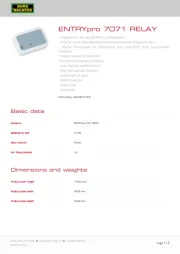
2 Augustus 2025
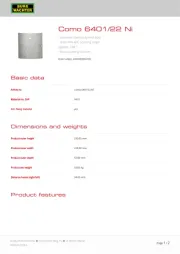
2 Augustus 2025
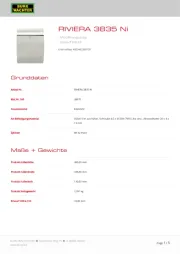
2 Augustus 2025
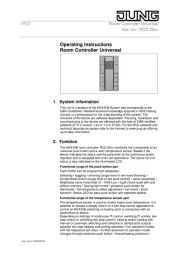
2 Augustus 2025
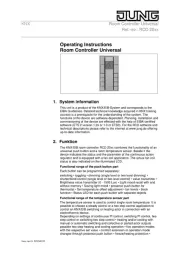
2 Augustus 2025

2 Augustus 2025
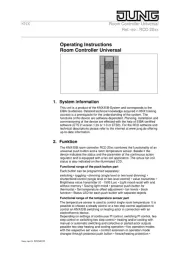
2 Augustus 2025
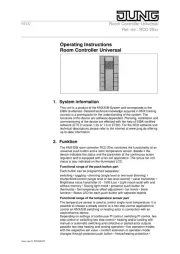
2 Augustus 2025
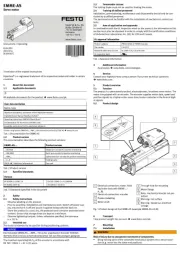
2 Augustus 2025
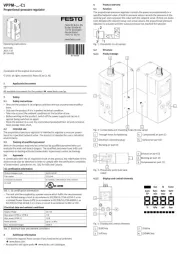
2 Augustus 2025